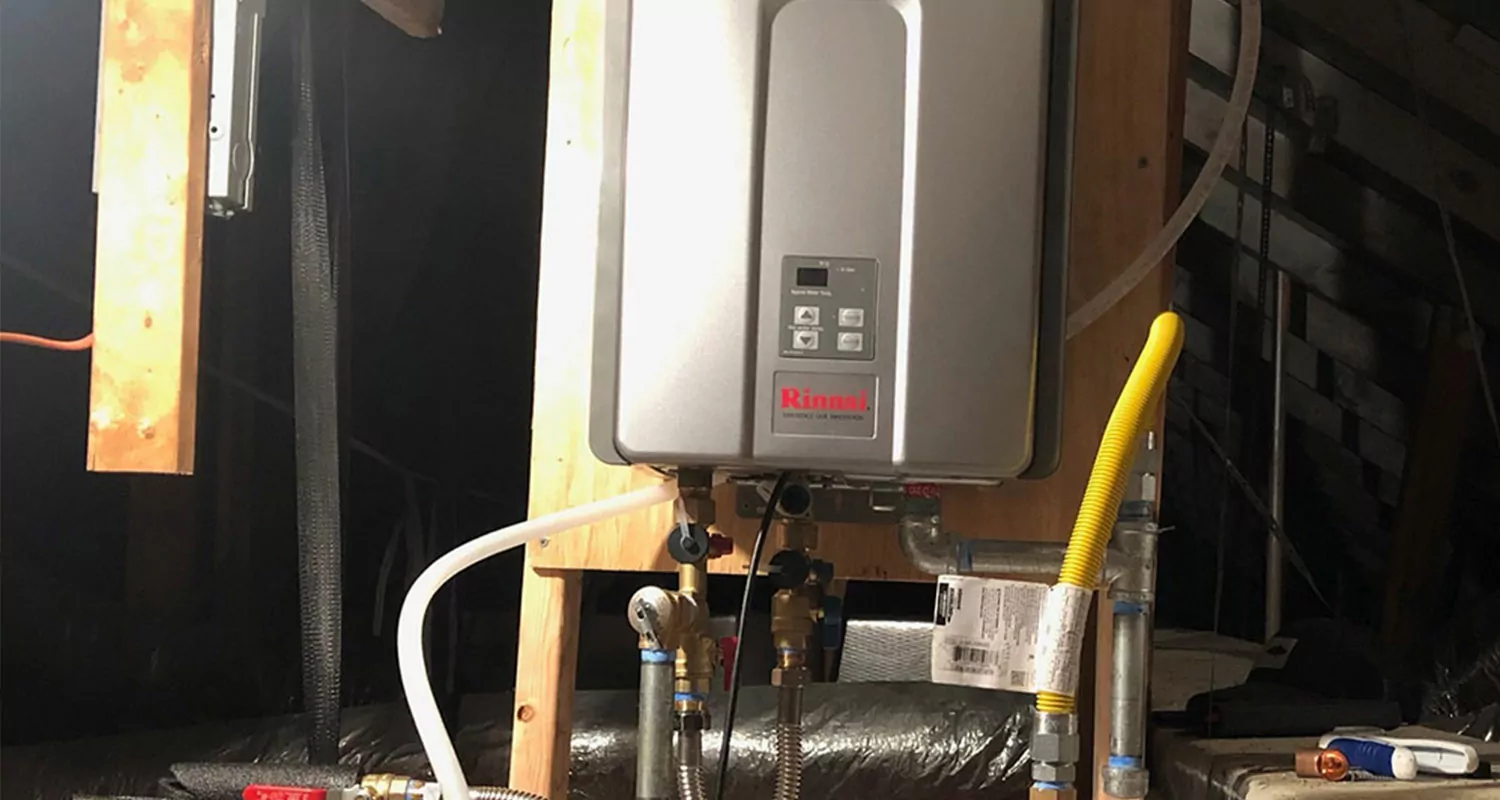We have encountered this post on How to Maintain Your Water Heater & Prolong its Life directly below on the net and figured it made good sense to quickly share it with you on my blog.

Hot water is vital for day-to-day convenience, whether it's for a refreshing shower or washing meals. To guarantee your hot water system runs effectively and lasts much longer, normal upkeep is key. This article offers functional suggestions and insights on exactly how to preserve your home's warm water system to stay clear of disturbances and pricey repairs.
Intro
Maintaining your home's hot water system may seem overwhelming, yet with a couple of basic actions, you can guarantee it runs efficiently for several years ahead. This guide covers whatever from understanding your hot water system to DIY maintenance tips and knowing when to contact expert assistance.
Relevance of Keeping Your Warm Water System
Routine upkeep not only extends the lifespan of your warm water system yet additionally guarantees it runs successfully. Neglecting maintenance can bring about lowered efficiency, higher energy bills, and even premature failure of the system.
Signs Your Warm Water System Demands Upkeep
Understanding when your hot water system requires focus can protect against significant problems. Look out for signs such as irregular water temperature level, strange sounds from the heater, or rusty water.
Purging the Water Heater
Flushing your hot water heater eliminates sediment build-up, improving efficiency and lengthening its life.
Monitoring and Replacing Anode Rods
Anode poles stop corrosion inside the container. Examining and changing them when worn is essential.
Complex Concerns Requiring Expert Help
Instances consist of major leakages, electrical troubles, or if your water heater is continually underperforming.
Routine Specialist Maintenance Conveniences
Expert upkeep can include thorough inspections, tune-ups, and making sure conformity with safety requirements.
Inspecting and Readjusting Temperature Setups
Adjusting the temperature setups ensures optimum performance and safety and security.
DIY Tips for Maintenance
You can execute a number of maintenance jobs yourself to maintain your warm water system in top problem.
Checking for Leakages
Frequently evaluate pipes and links for leaks, as these can bring about water damage and greater costs.
Recognizing Your Warm Water System
Prior to diving right into maintenance tasks, it's handy to comprehend the standard elements of your warm water system. Typically, this includes the hot water heater itself, pipelines, anode rods, and temperature controls.
Month-to-month Maintenance Tasks
Routine month-to-month checks can help catch small concerns prior to they escalate.
Checking Stress Relief Valves
Evaluating the pressure safety valve guarantees it operates correctly and stops too much stress buildup.
Protecting Pipes
Protecting warm water pipelines reduces warm loss and can conserve energy.
When to Call an Expert
While do it yourself upkeep is beneficial, some issues require specialist expertise.
Conclusion
Regular maintenance of your home's hot water system is important for effectiveness, durability, and price financial savings. By adhering to these pointers and recognizing when to look for specialist aid, you can make certain a reliable supply of hot water without unforeseen interruptions.
How to Maintain an Instant Hot Water Heater
Before tinkering with your hot water heater, make sure that it’s not powered on. You also have to turn off the main circuit breaker and shut off the main gas line to prevent accidents. Also turn off the water valves connected to your unit to prevent water from flowing into and out of the appliance. 2. When you’re done, you have to detach the purge valves’ caps. These look like the letter “T” and are situated on either side of the water valves. Doing so will release any pressure that has accumulated inside the valves while at the same time avoid hot water from shooting out and burning your skin. 3. When the purge valves’ caps are removed, you have to connect your hosing lines to the valves. Your unit should have come with three hoses but if it didn’t, you can purchase these things from any hardware or home repair shops. You can also get them from retail stores that sell water heating systems. Read the user’s manual and follow it to complete this task properly. When the hosing lines are connected, open the purge port’s valves. 4. You should never use harsh chemical cleaners or solutions when cleaning your unit. Make use of white vinegar instead. It should be undiluted and you’ll probably use about 2 gallons. 5. Now flush your water heater. This task should probably take about 40 minutes. We can’t give you specific directions for this because the procedure is carried out depending on the type, model and brand of your heater. With that being said, refer to the user’s manual. 6. When you’re done draining the unit, you have to turn off the purge port valves again. Remove the hosing lines that you earlier installed on each of the water valves. Put the valve caps (purge port) back in their respective places and be very careful so as not to damage the rubber discs that are found inside these caps. 7. Now that everything’s back in place, check your user’s manual again to find out how to reactivate your water heating system. 8. Once it is working, turn one of your hot water faucets on just to let air pass through the heater’s water supply pipes. Leave the tap on until water flows smoothly out of it. https://www.orrplumbing.com/blog/2014/september/how-to-maintain-an-instant-hot-water-heater/

Do you really like reading about Tips on Maintaining a Water Heater? Post feedback directly below. We would be happy to know your views about this content. In hopes to see you back again later on. Do you know about anybody else who is sincerely interested in the topic? Do not hesitate to share it. We recognize the value of your readership.
Book A Free Estimate